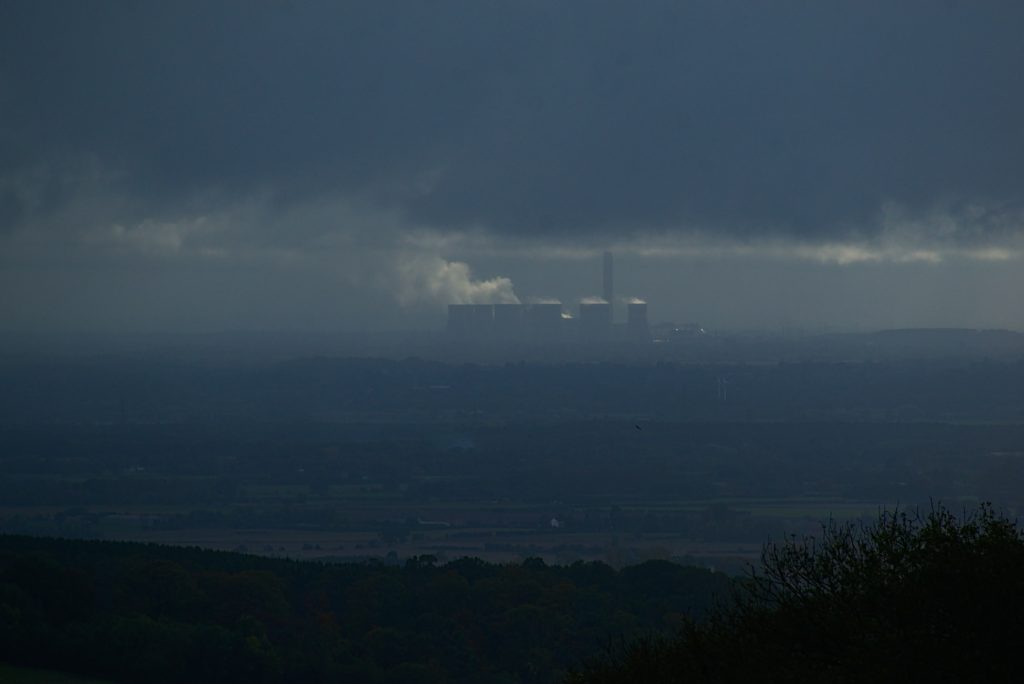醖釀十年,中國的碳排放權交易系統終於正式上線了。
截至2020年12月,中國的二氧化碳排放量佔全球28%,仍是世界上最大的碳排放國就未來實現全球淨零排放而言,很有可能將取決於中國。
去年9月,中國國家主席習近平在聯合國大會的講話中提到,中國將提高國家自主貢獻力度,採取更加有力的政策和措施,二氧化碳排放力爭於2030年前達到峰值,努力爭取2060年前實現碳中和此舉使中國成為全球主要排放國裡首個設定碳中和限期的發展中國家。
今年2月1日,中國的碳交易市場在首次提出10年後正式上線,這讓人們看到了中國產生的嚴重污染可能得到遏制的希望。碳排放交易系統(ETS)的總體原則反映了全球標準,其他地方實施緩慢也是順理成章。可是,有兩個原因讓人擔心中國可能無法做好碳交易。
1. 碳排放交易系統的覆蓋範圍:人們期望該市場至少能覆蓋全國70%的碳排放行業,包括發電、航空和石化。可是其第一階段只覆蓋了2225家發電企業,只佔排放量的一小部分。此外,中國沒有像歐洲那樣採用絕對的排放上限,而是根據規模、燃料類型和碳強度等基準對污染者進行評級,以確定排放上限。例如,天然氣發電廠將比較髒的燃煤機獲得更大的配額。 但政策制定者尚未透露何時將實行絕對排放上限,他們也沒有說明何時將把整個電力部門和其他污染行業納入排放上限。其中,建築業和運輸業或可能永遠不會被包括在內。
2. 碳排放交易系統在法律上的模糊性:雖然碳排放交易系統是由生態環境部成立的,但執行碳交易市場的框架還沒有經過檢驗,然而許多污染最嚴重的企業會尋找漏洞。碳市場的全面支持仍將遙遙無期。
[Sustainable Development Goal 13: Climate Action] China’s new carbon market
A decade in the making, China’s emissions-trading system has finally gone live.
With 28% of global CO2 emissions by December 2020, China remains the world’s largest carbon emitter. In terms of achieving net-zero global emissions in the future, it will most likely depend on China.
In his speech at the United Nations last September, Chinese President Xi Jinping said that China would increase its national contribution and adopt stronger policies and measures to peak CO2 emissions by 2030 and strive to achieve carbon neutrality by 2060. This makes China the first developing country to set a carbon neutrality deadline among the world’s major emitters.
On February 1st China’s carbon-trading market went live, a decade after it was first mooted, offering a glimpse of hope that the severe pollution the country generates might be curbed. The general principles of the emissions-trading system (ETS) reflect global standards, and slow implementation has been par for the course in other places. But there are two reasons to worry that Beijing may not get carbon trading right.
1. The ETS’s scope: The market was expected to cover at least 70% of the country’s carbon-emitting sectors, including power generation, aviation and petrochemicals. But its first phase covered only 2,225 power generators, representing a small fraction of emissions. Furthermore, employing an absolute emissions cap, as Europe does, it will rate polluters by four benchmarks, including size, fuel type and carbon intensity, to determine caps on emissions. For example, natural gas-fired power plants will get a larger allowance than dirtier coal-burners. But policymakers have yet to say when they will move to an absolute emissions cap, nor have they indicated when the ETS will bring in the entire power sector and other polluting industries. Among them, the construction and transport sectors may never be included.
2. The legal ambiguity of the system: Although the carbon trading system was set up by the ministry of ecology, the framework for enforcing the carbon-market is untested. As a result, many of the worst polluters will look for loopholes. Full support for the carbon market will remain elusive.
Source: “Can China’s new carbon market take off?”, The Economist, 27 Feb 2021 (adapted)

